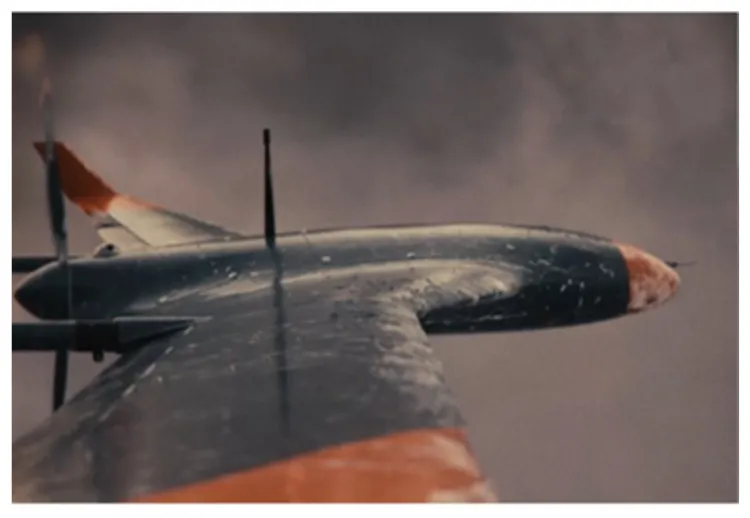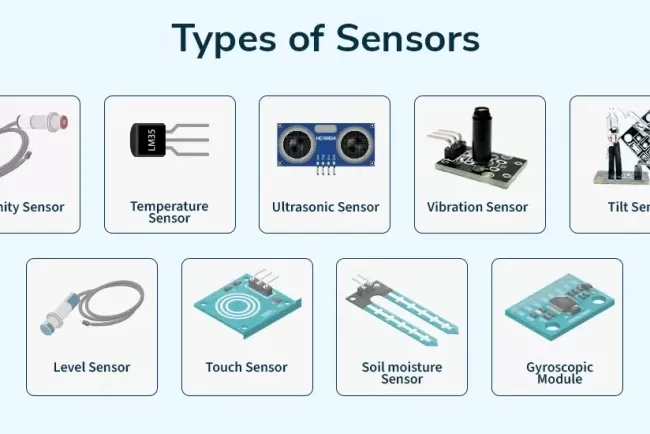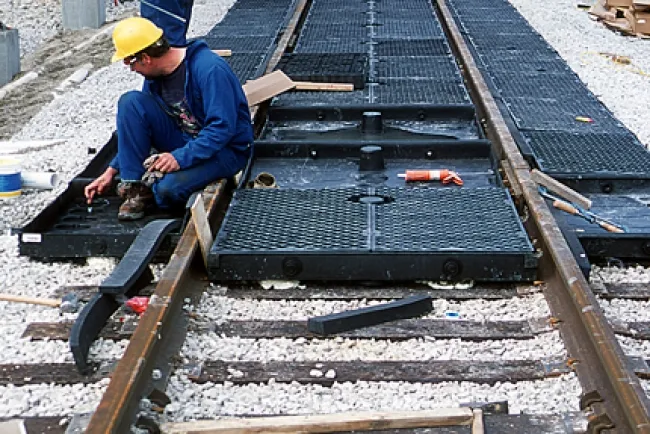Breakthrough in Drone Technology: Scientists Develop Anti-Icing Coating for Winter Flights
Scientists have developed a new anti-icing system for drones, solving a major challenge for winter flights. Can this breakthrough keep drones operational in extreme conditions?

Why Don’t We See Drones in Winter?
Ever wondered why drones are rarely seen flying during the winter? The reason is icing—cold temperatures, fog, rain, and snow can coat drones in ice, leading to malfunctions and crashes. Unlike commercial aircraft, which use power-intensive de-icing systems, most battery-driven drones lack the energy reserves needed for traditional anti-icing solutions.
However, scientists may have finally cracked the code to keep drones in the air—even in freezing conditions.
The Challenge of Icing on Drones
For smaller drones, icing can:
- Reduce performance and aerodynamic efficiency.
- Lower endurance, cutting flight times significantly.
- Lead to crashes if ice buildup is severe.
Only large, long-range drones have had anti-icing capabilities, as they can carry additional power sources. Now, researchers are exploring low-energy anti-icing solutions specifically for smaller drones.
Aerospace Innovators Step In
A team of engineers in Finland, working with UEK Aerospace, a Norwegian startup, has been developing new anti-icing technology to tackle the problem. Their goal is to keep drones frost-free without draining their limited battery power.
“It’s important to have an optimal system for drones, especially when using as little energy as possible. These drones don’t have much energy to spare, so every watt saved improves flight time.”
The New Solution: Carbon Fiber Heating Mesh
One promising approach is the use of a carbon fiber composite mesh that can be switched on when ice starts forming. This conducts just enough heat to the drone’s wings and rotor blades to melt ice without excessive power consumption.
During tests, the system allowed:
- 4 minutes of ice accumulation before activation.
- A quick de-icing process after minimal heating.
This energy-efficient method could revolutionize drone operations in extreme weather.
Implications for Military and Commercial Use
The technology isn’t just about keeping delivery drones operational in winter. NATO military contracts and commercial drone manufacturers are highly interested in developing drones that can withstand extreme conditions.
With drones playing an increasing role in logistics, security, and emergency response, a reliable, energy-efficient anti-icing system could be a game-changer.
What’s Next?
As drone manufacturers race to develop winter-resistant models, this breakthrough could reshape the future of drone technology. From military applications to commercial deliveries, the ability to fly in harsh weather conditions opens new possibilities.
Could we soon see drones operating seamlessly in snow and ice? With this new carbon fiber heating technology, that future is closer than ever.
What's Your Reaction?

















